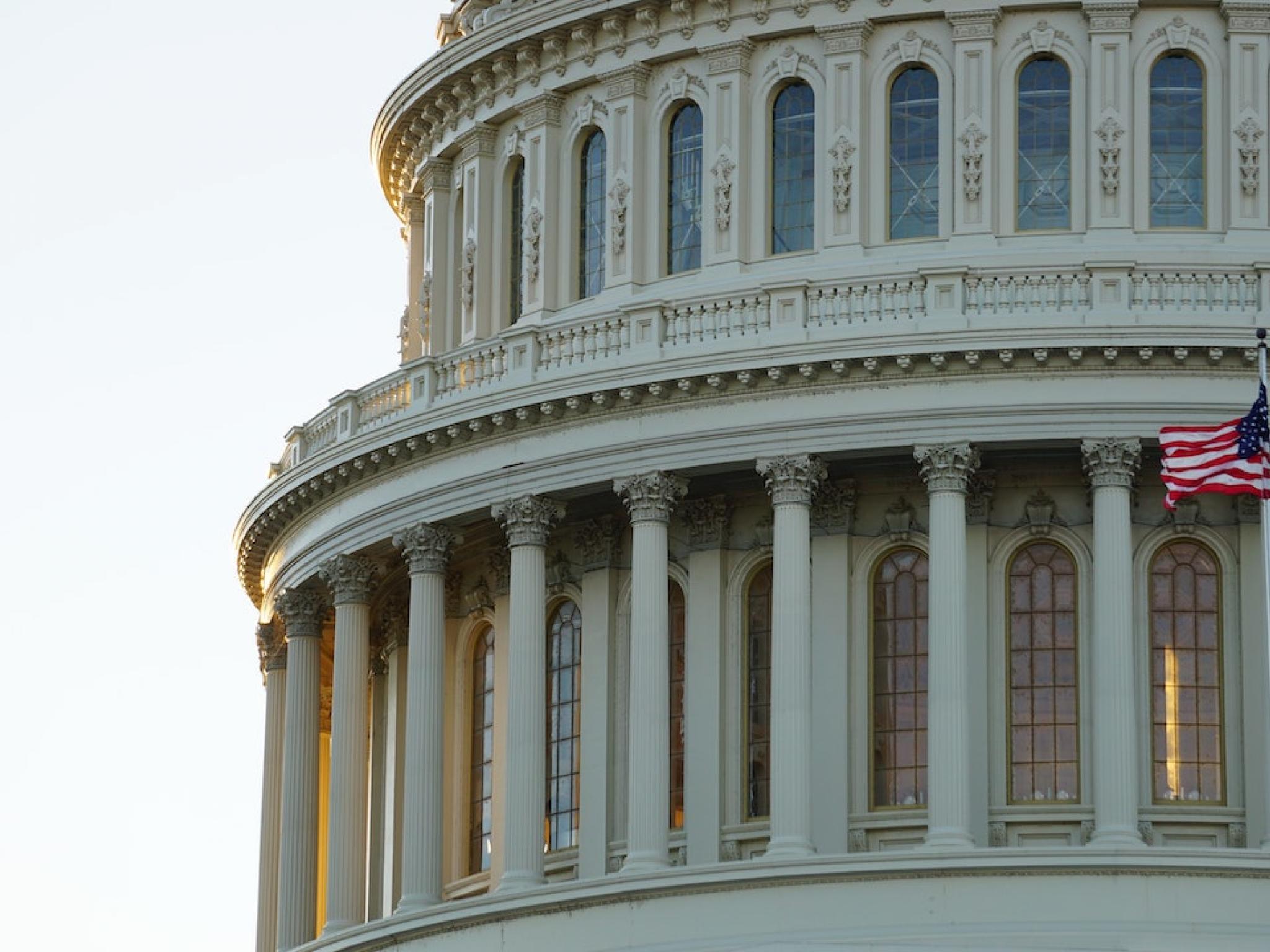
Let’s talk about the S&P 500.
Introduced in 1923, the Standard & Poor’s Composite Index, formerly known as the Composite Index, tracks the performance of 500 large companies listed on stock exchanges in the U.S. In 1926, it started with 90 stocks and grew to 500 by 1957.
The S&P 500, unlike the Dow Jones Industrial Average, calculates a weighted average of the stocks that make up the index, making it one of the best measures of significant U.S. stocks, if not the whole equities market.
Let's take a look at how the S&P 500 has performed since it expanded to 500 companies in 1957, sorted by the political party of the U.S. Presidents.
| President | Political Party | Term Length | S&P Return | |
| Dwight D. Eisenhower | Republican | 1953-1961 | 129% | |
| John F. Kennedy | Democrat | 1961-1963 | 16% | |
| Lyndon B. Johnson | Democrat | 1963-1969 | 46% | |
| Richard M. Nixon | Republican | 1969-1974 | -20% | |
| Gerald R. Ford | Republican | 1974-1977 | 26% | |
| James (Jimmy) E. Carter | Democrat | 1977-1981 | 28% | |
| Ronald W. Reagan | Republican | 1981-1989 | 117% | |
| George H. W. Bush (Sr.) | Republican | 1989-1993 | 51% | |
| William (Bill) Clinton | Democrat | 1993-2001 | 210% | |
| George W. Bush | Republican | 2001-2009 | -40% | |
| Barack H. Obama | Democrat | 2009-2017 | 182% | |
| Donald J. Trump | Republican | 2017-2021 | 69% | |
| Joseph R. Biden | Democrat | 2021- | 5% |
See Also: How Trump's Stock Market Return Compares To Obama, Bush And Other Past Presidents
Democrats are the victor, delivering the highest returns to investors. The S&P 500 climbed 210% under Bill Clinton and 16% on the low side during John F. Kennedy’s short term as president.
The markets treated Republican President Dwight D. Eisenhower the best, showing returns of 129% during his term, and on the low side, -40% under George W. Bush during his eight-year term.
Presidential parties aside, investors may rest easy knowing that buying and holding is still the best long-term strategy. A $1,000 investment in the S&P 500 in 1957 would have grown to $608,169 in 2022, compounding at an annual total return of 10.31%.







